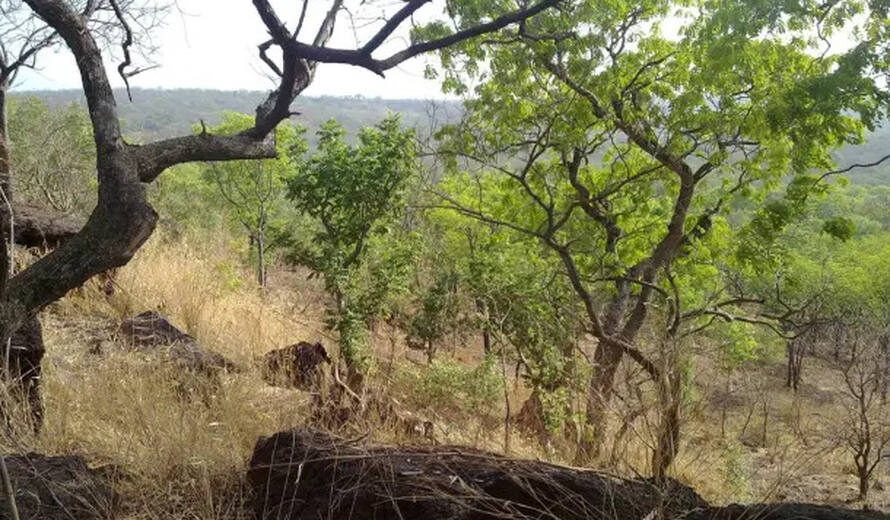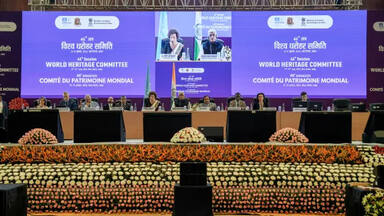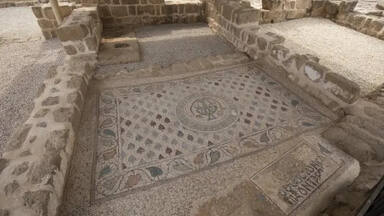Niokolo-Koba National Park in Senegal removed from the List of World Heritage in Danger
The UNESCO World Heritage Committee, meeting in New Delhi (India), decided on Wednesday to remove Niokolo-Koba National Park in Senegal from the List of World Heritage in Danger, following the positive steps taken by the State Party, which have contributed to improving the natural site’s state of conservation.
Inscribed on UNESCO's World Heritage List in 1981 for its unique biodiversity and exceptional ecosystems, Niokolo-Koba National Park has faced a series of threats in recent years. Wildlife depletion, poaching, basalt mining and other human activities have threatened its Outstanding Universal Value, leading to its inscription on the List of World Heritage in Danger in 2007.
This decision enabled Senegal to develop and implement an ambitious action plan with the support of UNESCO and the international community, which has resulted in a significant improvement in the property's state of conservation over the past seven years.
Monitoring of emblematic species has been significantly stepped up and considerable resources have been allocated to the surveillance of the property in order to combat poaching and illegal gold panning, as well as to better organize the transhumance of livestock. A mine pollution control system has also been put in place, and water and soil analysis equipment installed. Finally, work has been carried out to improve the fight against the invasive species Mimosa pigra.
In recognition of the results achieved by Senegal and its formal commitment to reappraise plans to the development of the property, the World Heritage Committee has taken the decision to remove Niokolo-Koba National Park from the List of World Heritage in Danger, while calling on the State Party to continue its efforts in the coming years.
Situated in an abundantly irrigated area along the banks of the Gambia, the gallery forests and savannahs of Niokolo-Koba are home to a wealth of wildlife, including Derby elk (the largest of the antelopes), chimpanzees, lions, leopards, a large population of elephants and a large number of birds, reptiles and amphibians.
The purpose of the List of World Heritage in Danger is to provide information on the threats to the very values that led to the inclusion of a property on the World Heritage List, and to mobilize the international community to preserve the site. It also enables the site to benefit from the right to increased technical and financial support from UNESCO.
About UNESCO
With 194 Member States, the United Nations Educational, Scientific and Cultural Organization contributes to peace and security by leading multilateral cooperation on education, science, culture, communication and information. Headquartered in Paris, UNESCO has offices in 54 countries and employs over 2300 people. UNESCO oversees more than 2000 World Heritage sites, Biosphere Reserves and Global Geoparks; networks of Creative, Learning, Inclusive and Sustainable Cities; and over 13 000 associated schools, university chairs, training and research institutions. Its Director-General is Audrey Azoulay.
More information: www.unesco.org


